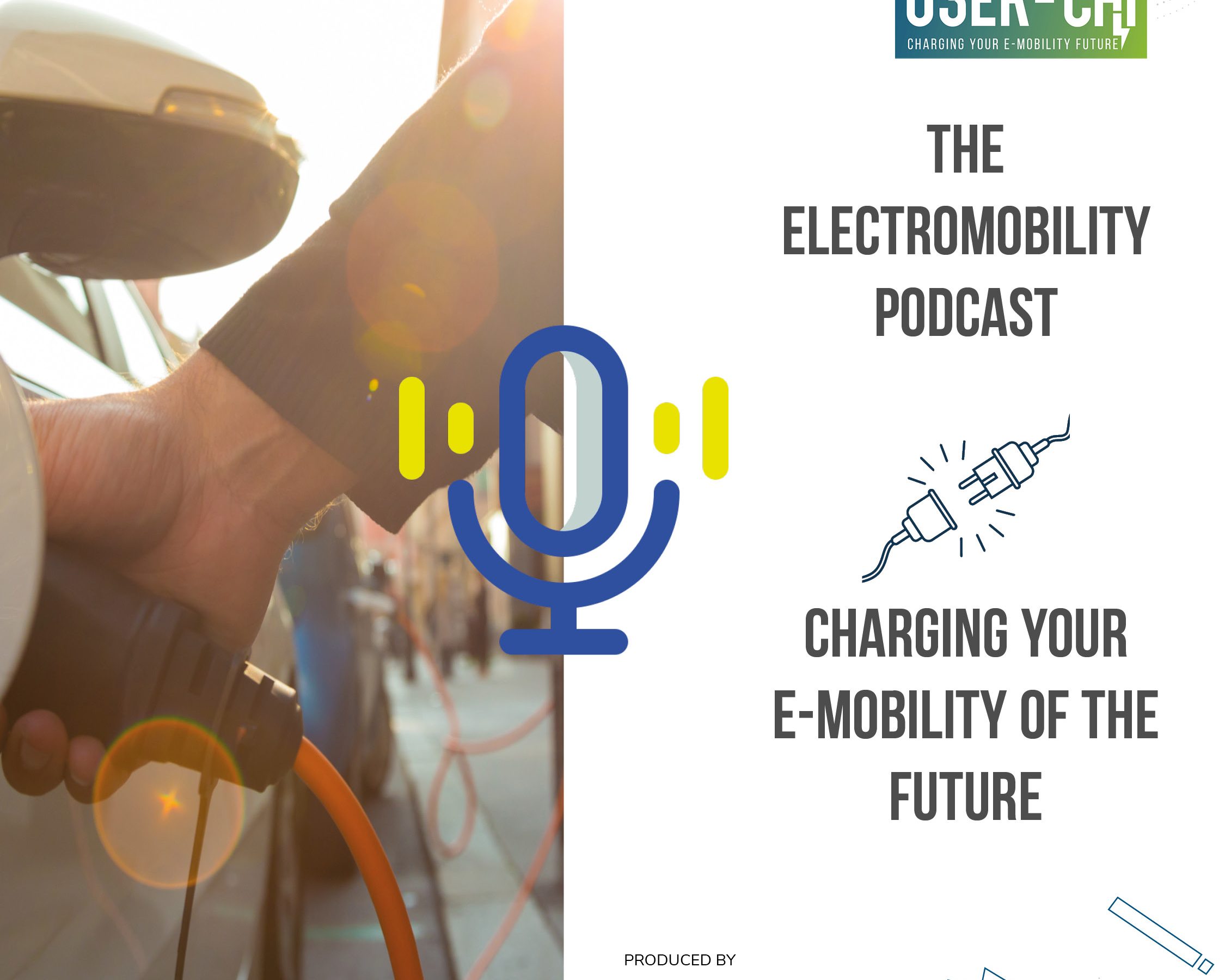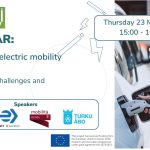Why is it important to consider women when planning charging infrastructure?
Despite the current conversations addressing gender bias in everyday life, living as a female person in a world designed by men and for men is still not easy. There are not many documented and recognised cases of gender bias in the field of transport and mobility. The experience of women, girls, and female persons in transport, shaped by their travel patterns and needs, or concerns of safety, need to be better taken into account in the infrastructure design and planning. Not only that, but all genders need to be considered more in the research about charging infrastructure.
During the work on the USER-CHI project, Katharina Csillak recognised that there is a need to address the gender perspective when talking about electric charging as well.
“In my work, I recognized that the EV-Driver is statistically white, male, middle-aged and economically well situated. First, I was wondering: “Are female drivers not interested in E-Mobility?” says Katharina, who works as a Senior Research Associate in the Mobility department of IKEM. “This thought of mine later materialised during the work on user-centric solutions within USER-CHI. Of course, such solutions should include all users. But how can this be done if the only data we have are showing us only the difference between the two biological sexes (men and women)? On top of that, there is already a huge imbalance in the statistics representing this binary system!” Inspired by these findings, Katharina, together with her colleague Sophie Kamenz, set out to research to what extent is gender bias present in the charging infrastructure design and planning.

Their initial idea was to take a look at the research and articles in this field and find some answers. However, during the work, they had another realisation.
“We soon recognized that we need to take one step back and start speaking about gender (in-)equality in mobility in general. Even though we are aware of the importance of including all genders, we had to keep our focus on women because of the existing data base,” explains Katharina. “We were especially surprised, that there is not a lot of research that addresses all genders. Most of it concentrates on women and their mobility patterns.”
The literature review they performed yielded many interesting insights. Their research showed that the mobility patterns of women in the urban area are different than those of men.
For example, when travelling on foot, by bike or when using public transport, women are more at risk of sexual assault or harassment. Women are thus more likely to choose the safest way possible which also affects the way they travel. Women also take shorter trips with multiple stops on the way, as opposed to men who travel more often over long distances in one go.
“In our research, we saw a lot of differences mainly in the aspect of “mobility of care”, which explains the different mobility patterns of the caretaker of the family – which are more often women. As a second step we tried to see what identified key factors of differences could be transferred to the electromobility,” notes Katharina.
The research published by IKEM suggests that it is necessary to consider the diverse needs of female users in the planning of charging infrastructure. To increase the accessibility of electric mobility for women, the researchers made several recommendations while utilising USER-CHI products and tools.

Katharina explains, why they chose CLICK, INDUCAR, INSOC and the Stations of the Future handbook to serve as an example for the recommendations: “We really would like to look at different areas of e-mobility: planning, design and frameworks of charging infrastructure. The USER-CHI products were perfect as an example. They reflect very well the actual reference of the technical development and innovation which is taking a user-centric perspective when creating charging infrastructure”.
As an example of a planning tool, CLICK is an interesting suspect for the need to consider the needs of women in data and planning of charging infrastructure. The researchers recommend the gender-specific data be fed into the algorithm of planning tools before they make their recommendations for the distribution of charging infrastructure. Data about the distribution of the different genders of inhabitants, the number of families in the area, or even the location of schools and kindergartens can help to recommend locations fitting women’s mobility needs. The tool could also consider if an area is considered “safe” or not and recommend increased safety features such as well-lit charging spots.

Additional features were recommended for the INSOC and INDUCAR products as examples of how to improve the gender inclusivity of the design of charging infrastructure.
For example, mechanisms to increase the feeling of safety for women could be integrated into both products, such as emergency buttons to trigger alarms. Furthermore, the design of the charging stations could consider the specific needs of women (and others) accompanied by children or the elderly, such as more spacious stations or charging or cargo bikes. These needs as well as various other gender-specific features recommended in the published article should be reflected also in the Stations of the Future Handbook, which has the potential to raise awareness on this topic and beyond.
“Coming from the perspective of the mobility patterns of women, we recommended some aspects, that could be taken into account when we speak about planning tools and design. In the end, we hope that not only the recommendations fit the needs of women, but more generally the needs of e.g., female-read persons, the caretakers in families or people with safety concerns”.
The existing gender bias in transport infrastructure is being continuously passed on because the existing planning is largely focused on the status quo. Fully exploiting the USER-CHI products in the directions suggested by the published research has the potential to counteract this status quo. The authors propose taking the approach further and using the project results for a conceptualised view of gender bias in charging infrastructure. “For example, by developing a system of categories to assess diversity in transport”, says Katharina Csillak. “With our suggestions, the USER-CHI project could develop a blueprint to examine the aspects of gender equality in product development. This kind of research in the electromobility field is still in its infancy. The conclusions drawn from it are highly relevant for this type of category system.”
Source citation: “Csillak K and Kamenz S. Electric charging infrastructure and gender equality: An overview for USER-CHI (H2020 project) [version 1; peer review: awaiting peer review]. Open Research Europe 2023, 3:47 (https://open-research-europe.ec.europa.eu/articles/3-47/v1)”
Want to find out more about USER-CHI?
Are you feeling curious and want to dive even deeper into the world of USER-CHI? Try clicking on one of our suggestions below!






